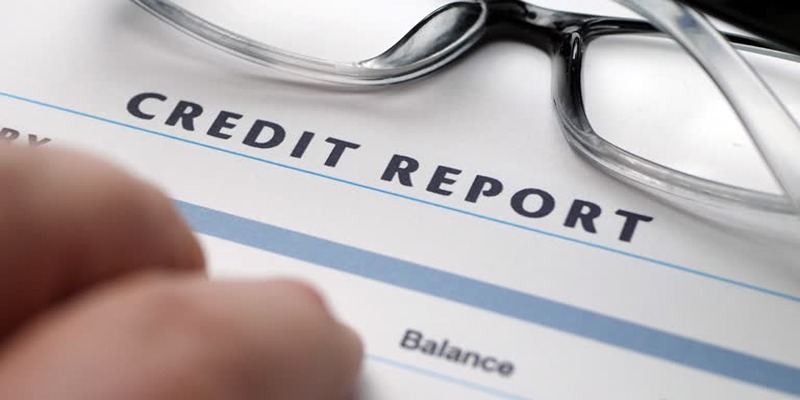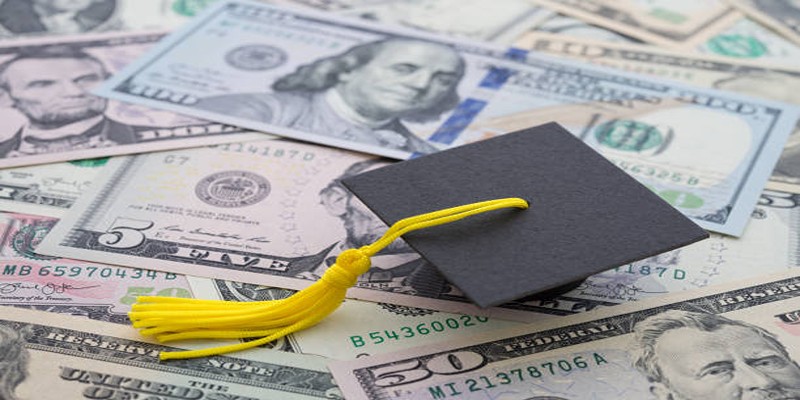Student loans are a financial lifeline for millions of students aiming to pursue higher education. But understanding how they work can feel overwhelming. What are interest rates? What’s the difference between federal and private loans? And how do repayments actually work? If you’re asking these questions, you’re not alone. This blog will explain the ins and outs of student loans in clear, simple terms.
What Are Student Loans?

A student loan is a type of financial aid designed to help students pay for the costs of higher education, such as tuition, books, and living expenses. Essentially, it’s a borrowed sum of money that you’ll repay, usually with interest, after you leave school.
But not all student loans are created equal. Broadly speaking, they fall into two main categories:
Federal Student Loans
Federal student loans from the U.S. Department of Education offer lower interest rates, flexible repayment options, and protections like deferment and forbearance for financial challenges.
Common types of federal loans include:
- Direct Subsidized Loans: Designed for undergraduate students with financial need. The government pays the interest while you’re in school at least half-time.
- Direct Unsubsidized Loans: Available to both undergraduates and graduate students. Unlike subsidized loans, you’re responsible for all the interest that accrues.
- PLUS Loans: Meant for graduate or professional students and parents of undergrads. These loans require a credit check.
Private Student Loans
Private student loans are offered by banks, credit unions, and other private lenders. Unlike federal loans, these don’t offer the same borrower protections and repayment flexibility. They often have higher interest rates based on your or your co-signer’s creditworthiness.
Private loans are typically a good option if you’ve maxed out your federal aid but still need additional funding for your education.
How Do Interest Rates Work?
Interest rates play a significant role in determining the cost of your student loan. Here’s how they work:
- Fixed Interest Rates: These rates stay the same for the life of the loan, offering more predictability in your repayment schedule. Federal student loans always have fixed rates.
- Variable Interest Rates: These rates fluctuate based on market conditions. You might start with a lower rate, but it could increase over time. Variable rates are often tied to private student loans.
How Interest is Calculated
Interest is calculated as a percentage of the loan balance. For example, if you borrowed $10,000 at a 5% annual interest rate, you’d owe $500 in interest in one year.
It’s important to understand whether your loan accrues interest while you’re in school:
- On unsubsidized loans, interest accrues while you’re studying.
- On subsidized loans, the government covers the interest while you’re enrolled at least half-time.
Repayment Plans Explained
One of the biggest questions students ask is, “How will I repay my loans?” Here’s a breakdown of what repayment might look like:
Federal Loan Repayment Plans
Federal loans offer several flexible repayment options. Here are the most common ones:
- Standard Repayment Plan: Fixed monthly payments over 10 years. Best if you want stability and can afford the monthly amount.
- Graduated Repayment Plan: Payments start lower and increase over time, making it easier to manage when you’re just starting out in your career.
- Income-Driven Repayment Plans (IDRs):
- Examples include Income-Based Repayment (IBR) and Pay As You Earn (PAYE).
- Payments are capped at a percentage of your income, and any remaining balance can be forgiven after 20–25 years.
Private Loan Repayment Options
With private loans, repayment terms are less flexible and vary by lender:
- Some lenders offer fixed or interest-only payments while you’re in school.
- Some allow deferment until after graduation.
However, private loans generally don’t offer IDRs or forgiveness programs.
Grace Periods
Most student loans come with a grace period, typically six months after you graduate or leave school, during which you don’t have to make payments. This gives you time to find a job and get financially settled.
Tips for Managing Student Loans
Taking on student loans is a big responsibility, but managing them wisely can make a huge difference. Here are some practical tips:
- Borrow Only What You Need: While it can be tempting to take out the maximum amount, remember that loans need to be repaid—with interest.
- Understand Your Loan Terms: Familiarize yourself with the interest rate, repayment schedule, and any fees associated with your loan.
- Make Payments During School: If possible, start paying interest while you’re still in school to reduce the overall cost of your loan.
- Set Up Autopay: Many lenders offer discounts on interest rates if you set up automatic payments.
- Keep Track of Deadlines: Late payments can hurt your credit score. Use reminders or budgeting apps to stay organized.
- Consider Refinancing: If you have good credit and want to lower your interest rate, refinancing with a private lender might be an option. Just keep in mind that this forfeits federal benefits, such as income-driven repayment and loan forgiveness programs.
The Role of Loan Forgiveness Programs

Federal loan forgiveness programs can provide relief if you meet certain criteria. Two major programs include:
- Public Service Loan Forgiveness (PSLF): Available to borrowers who work in government or nonprofit jobs. After making 120 qualifying payments, the remaining balance is forgiven.
- Teacher Loan Forgiveness: Teachers working in low-income schools may qualify for forgiveness of up to $17,500.
It’s worth noting that private loans typically don’t qualify for forgiveness programs.
Final Thoughts
Understanding how student loans work is the first step toward making responsible financial decisions about your education. Always weigh your options carefully, and don’t be afraid to ask for help from financial aid offices or trusted advisors. Remember, student loans are an investment in yourself and your future, so make sure to borrow only what you need and can realistically pay back. By staying informed and making smart choices, you can set yourself up for success after graduation.












